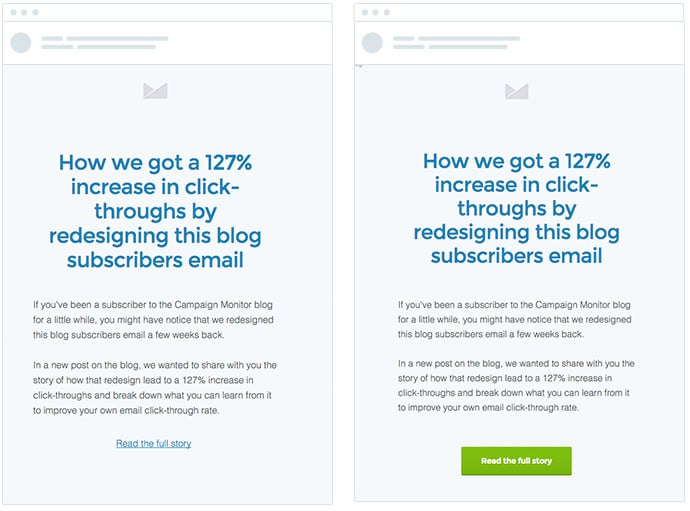5 Tips for Writing a Blog Post that Converts
Now that you understand how important having a blog can be for expanding your company, it’s time to get down to business and begin creating blog entries that convert visitors into buyers.
To that end, we’ve highlighted 5 recommendations that every content marketer should remember.
Determine the purpose of your material
To create a blog post that converts, you must first establish exactly what you want to achieve with your piece. Content objectives, like any other marketing plan, should be as comprehensive as possible, which is why defining SMART goals is a great place to start.

A blog traffic target, for example, may be written as a SMART objective and would look something like this:
- Increase blog traffic by increasing publication frequency from two to four blogs each week.
- Measurable: I’d want to improve blog visitors by 5%.
- Attainable: When we started writing two posts each week instead of one, our traffic grew by 2.5%.
- Relevant: Increasing our blog traffic will raise brand recognition while also generating more leads and increasing our total conversion rate.
- Timely: By the end of the month, we want to see a 5% increase in total blog traffic.
After you’ve spent some time defining your objectives in accordance with the SMART criteria, you’ll have a better sense of how to proceed.
Understand your audience and their demands
Another critical stage in the blogging process is determining who you want your material to reach. Remember that you cannot address all of the world’s issues, which is why you must be particular in determining your target audience.

You should be able to answer the following questions while envisioning your ideal audience member:
- Is gender important in your field?
- What age group do readers belong to?
- Is it important where you live?
- What are your target audience’s main pain points?
By the time you’ve finished answering these questions, you should be able to picture a real person to whom you can and should tailor your material.
Create a list of content ideas that will be of interest to your audience
You may begin brainstorming content ideas that meet your audience’s demands after you know who they are and what their most prevalent pain points are.

Blog material may take several forms, including:
- Tutorial or how-to blog posts
- Product or service evaluations
- Current events or industry news
- Checklists
- Listicles \sInfographics
- Interviews with industry professionals
Draft your content and outline
After brainstorming your blog material, it’s time to get to work and compose your first draft.
Here are a few suggestions that you should consider:
Create a captivating headline
Your readers will not click and read if your title is not intriguing. Tease your readers with the blog’s topic to entice them to read more.

Have a strong call to action
Your call to action must urge readers to take action; otherwise, what is the point of having them read your content?
Yes, you want to give them with information that is relevant to them while avoiding the appearance of being a salesman. You may, however, urge them to “read this next” and keep them on your website for a longer period of time.
Not only should your CTA urge readers to take action, but it should also stand out from the rest of your material.

Make your material more appealing
Writing great content is useless if you don’t take the effort to properly optimize it. With over 1.6 billion websites already online, you want to ensure that your material is discovered and read by your intended audience, and appropriate search engine optimization (SEO) is the method to accomplish so.
Wrap up
Writing blog articles that convert is an important component of content production, particularly in our digital world. Taking the time to follow these five steps will help guarantee that your blog content not only engages readers but also motivates them to act in the way you want them to, whether that’s downloading content or making a purchase.
Here’s the list again for your convenience:
- Define your content objectives.
- Understand your target market.
- Idea generation for content
- Create an outline for your content and write it.






Recent Comments